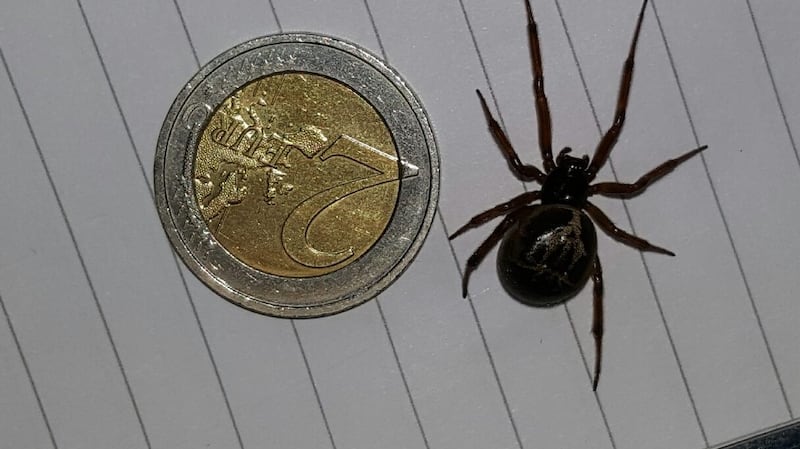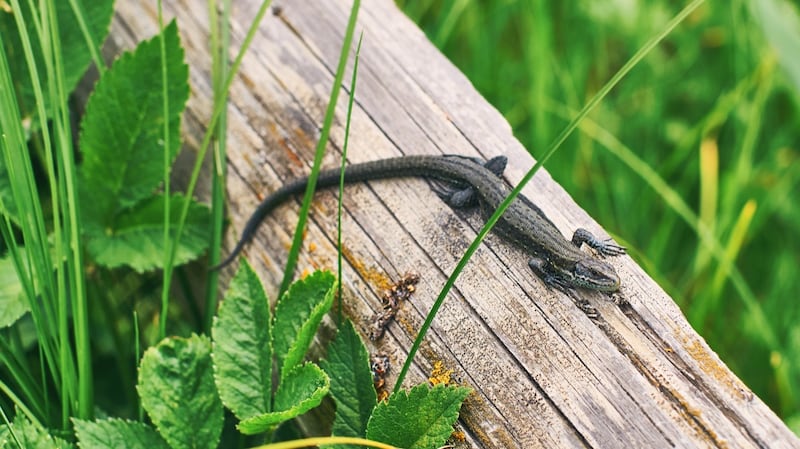Fears have been expressed for the future of Ireland’s only native lizard species after a specimen was found to have been eaten by an alien killer spider.
The viviparous or common lizard is a species protected by the Wildlife Act. A juvenile lizard was found at a house in Killiney, Co Dublin, in May last year.
He was trapped in the web of a false widow spider, an invasive species which was introduced into Ireland from the Canary Islands 20 years ago.


The lizard was wrapped up in silk and the spider was eating it.
It is the first recorded incident of a false widow spider eating a lizard in Ireland.
The false widow spider is more venomous, lives longer and breeds faster than the common house spider in Ireland.
A female can live to seven years and produce one egg sac with 200 eggs every two weeks for four months of the year. Common species in Ireland usually live for one or two years and produce 30-50 eggs a year.
The species is proliferating at an alarming rate. It was first found in Co Wicklow in 1998. Since then, it has been found in 17 counties, almost exclusively in urban areas.
Over a period of 18 months, 620 specimens were obtained from a single row of semi-detached houses in Lucan, Co Dublin.
It has a toxic venom which is harmful though not fatal for humans and can lead to nasty bite marks. Its bite can be fatal to smaller creatures such as beetles and other spiders.
Incidences of spiders preying on lizards are more common in tropical areas.
The research has just been published in the Proceedings of the Royal Irish Academy journal.
Trinity College Dublin researcher Collie Ennis says the findings are evidence of the impact that the false widows are having on native species.
“This is the first time that we have heard of a vertebrate (an animal with a back bone) being killed by one of these spiders,” he said
“It wouldn’t be difficult for a false widow to overpower a small animal like this. This one came a cropper because he wandered into the wrong place at the wrong time.
"When you introduce non-native animals into a new habitat, it can cause chaos. Look at the cane toads in Australia. "
Dr Michel Dugon from the Venom Systems Laboratory in the Ryan Institute at NUI Galway, says the report is significant because it shows the false widow is having an impact in Ireland
“ It also raises the question of the true impact of the Noble False Widow on our native ecosystems,” he said.
Mr Ennis and fellow researcher Rob Gandola from the Herpetological Society of Ireland has asked the public to report any sightings of false widows.
They said: “ We’d ask people who are lucky enough to have lizards near or on their property to keep a watch out and report any sightings of Noble False Widows predating on lizards.
“It would be really helpful to get an idea of how frequent these interactions occur and even the size classes involved, it may not only be young lizards that fall prey.”








